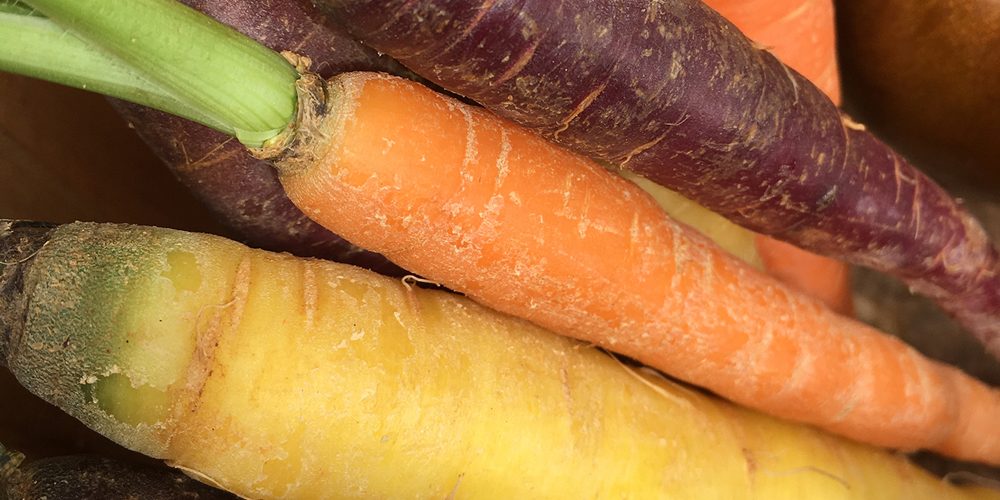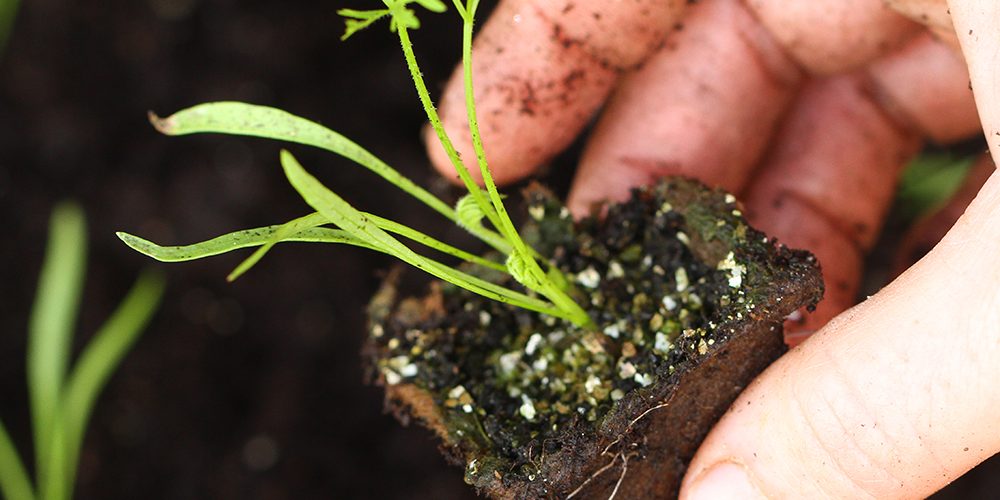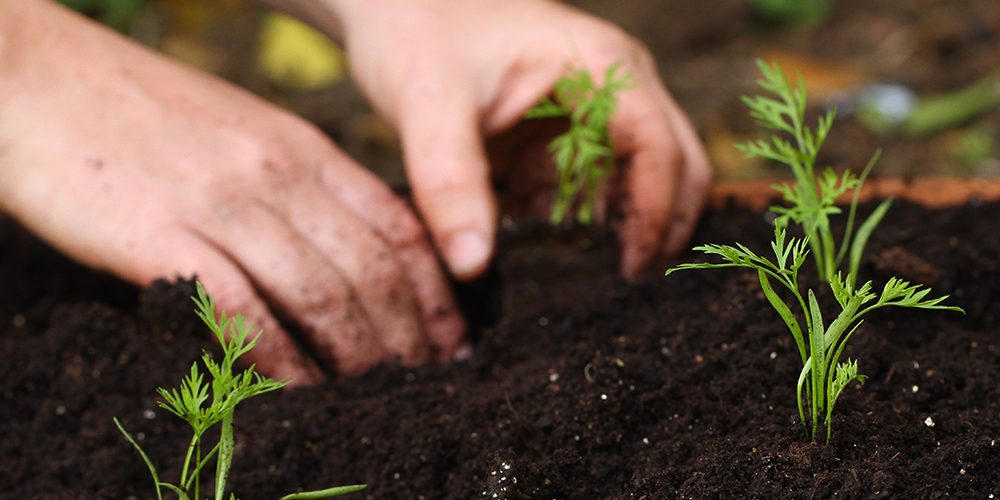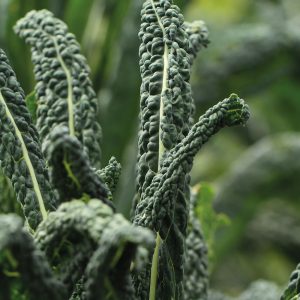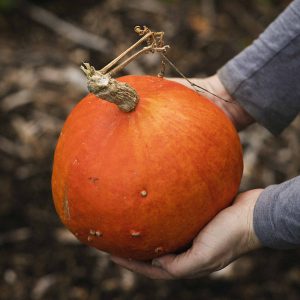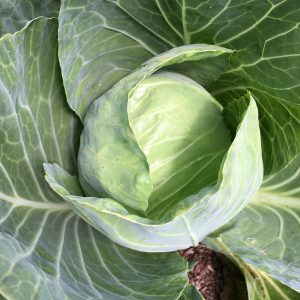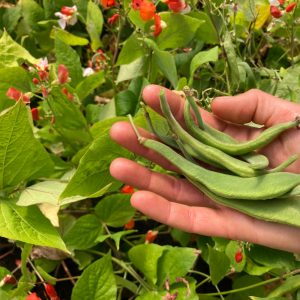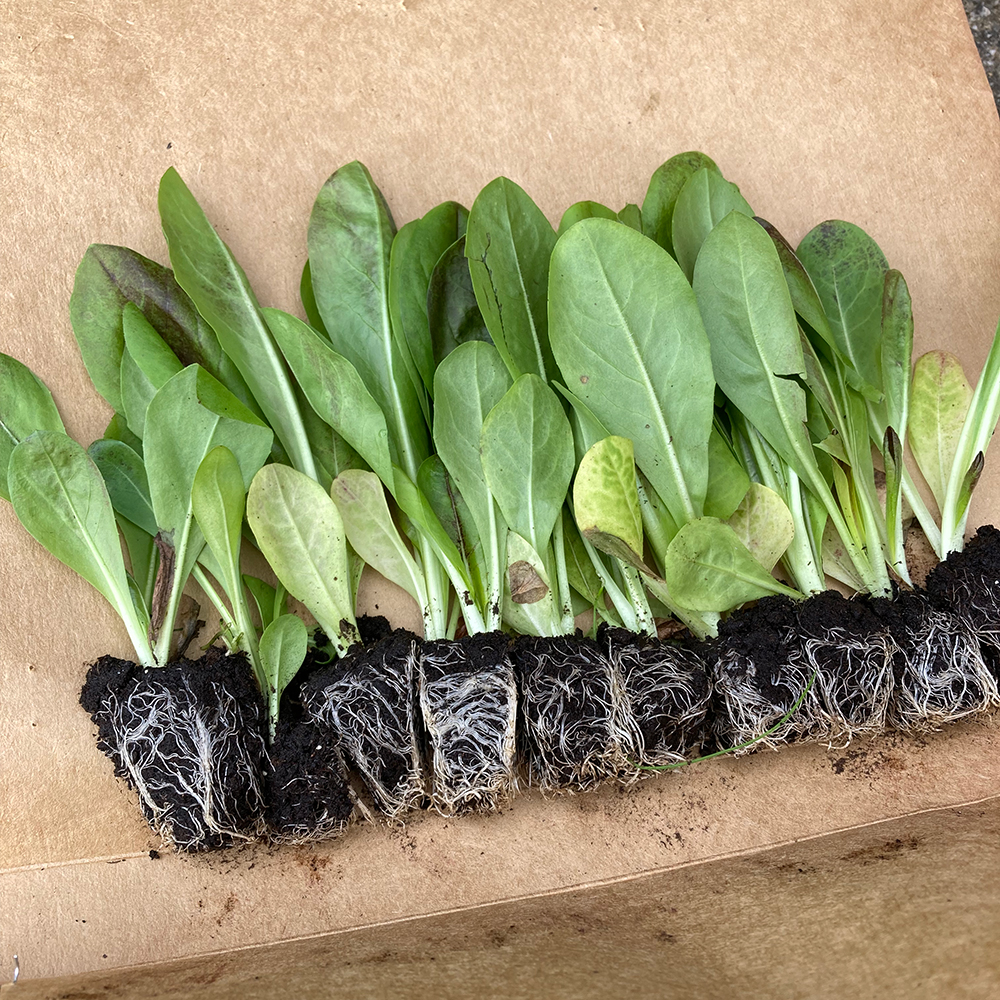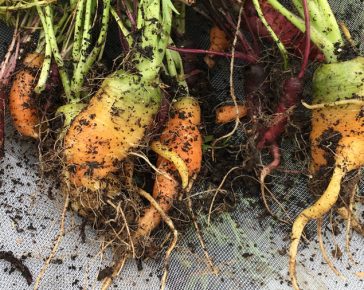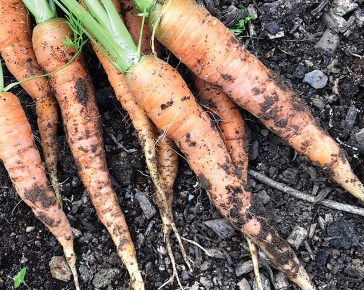- DELIVERY INFO: If you order plants today we expect to ship within 3-5 working days. - See FAQs for more info.
Colourful Carrots
(10 Plug Plants)
- Easy-to-grow plug plants
- Certified organic plants
- Plastic-free packaging
Shipped within 3-5 working days
£5.99
Out of stock
Grow Rainbow Coloured Carrots this year
This fun and easy-to-grow colourful carrot plant collection contains purple, orange and yellow carrots, giving you a lovely burst of colour to brighten up any dish. The plug plants come in biodegradable pots to protect the roots – we would recommend planting them like this to avoid disturbing the roots. Carrots are easy to grow, just follow the growing guide advice when your plug plants arrive.
Number of plants: 10
Variety: Colourful (organic)
In the kitchen: Can be steamed or are delicious eaten raw in salads. They are also great roasted with some honey.
Everything you need to know about our plug plants
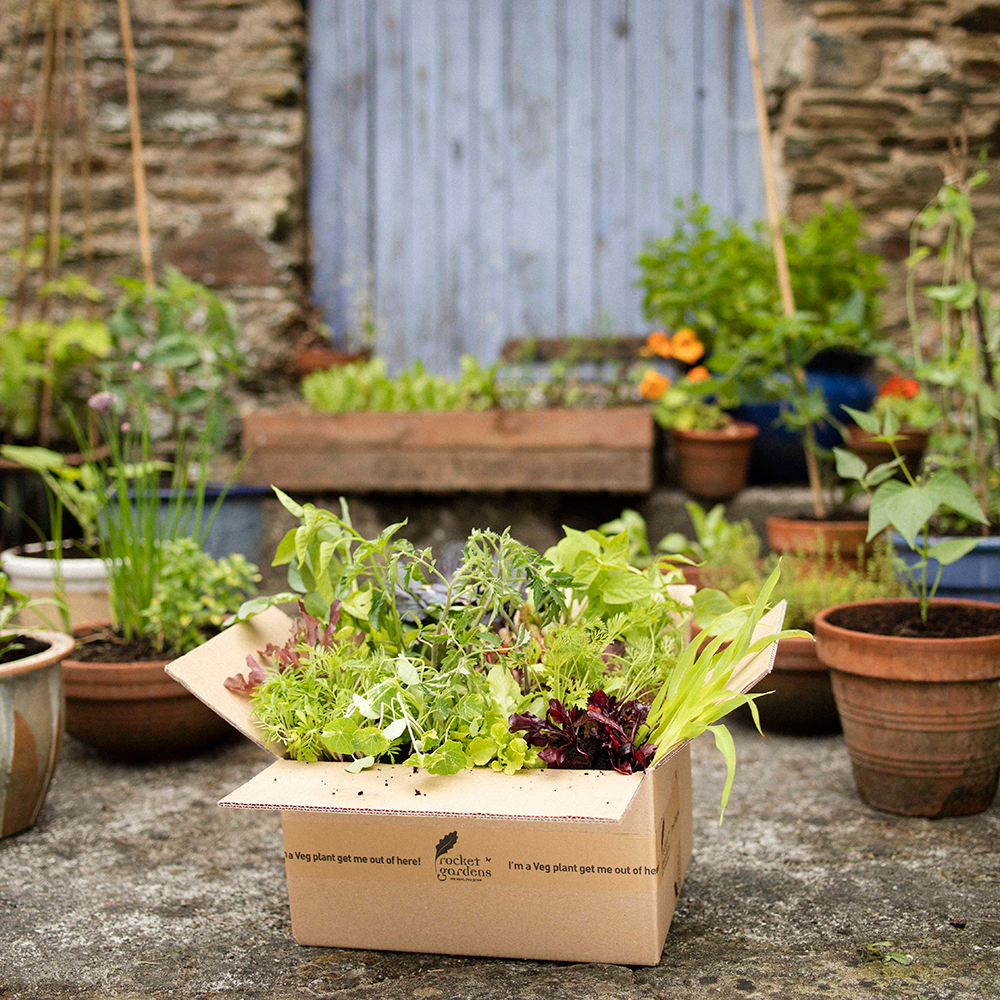
Delivery & FAQ’s
Spring/Summer veg plants are shipped through the planting and growing season, from late April to late July/August. See our FAQ's for up to date delivery information
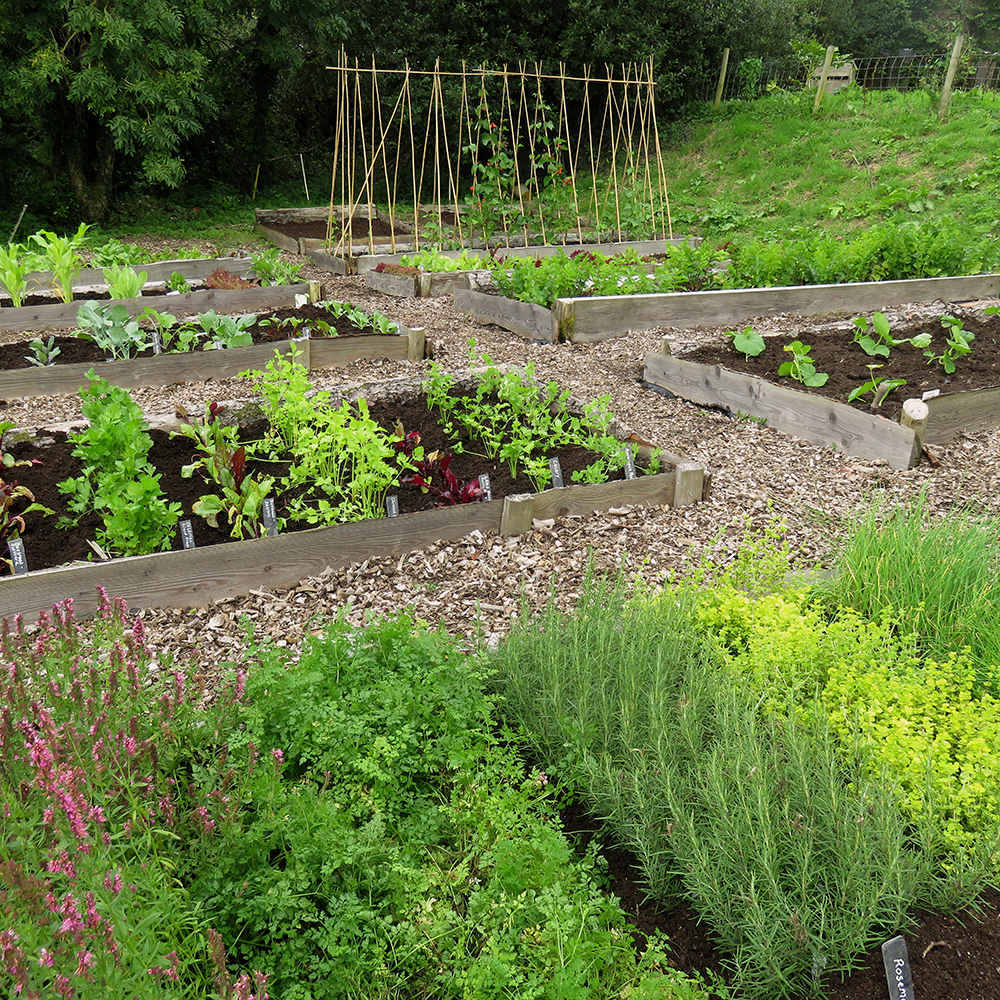
Growing Advice
You'll receive a full growing guide with your plants, and more info can be found in our online guides

